Home>Gardening & Outdoor>Outdoor Recreation & Activities>When Was The Swimming Pool Invented


Outdoor Recreation & Activities
When Was The Swimming Pool Invented
Modified: February 25, 2024
Discover the history of outdoor recreation and activities with a look at the invention of the swimming pool. Learn about the origins and evolution of this popular form of leisure.
(Many of the links in this article redirect to a specific reviewed product. Your purchase of these products through affiliate links helps to generate commission for Storables.com, at no extra cost. Learn more)
Introduction
Swimming is a timeless activity that has captivated people for centuries. It's a refreshing and invigorating way to stay fit, relax, and have fun. The history of swimming and the invention of swimming pools are fascinating topics that shed light on human ingenuity and the quest for leisure and recreation.
Throughout history, swimming has been an integral part of various cultures, from ancient civilizations to modern societies. The invention of swimming pools has played a significant role in promoting this beloved activity and providing people with a safe and enjoyable environment to swim.
In this article, we will delve into the intriguing history of swimming and the evolution of swimming pools. From ancient swimming practices to the invention of the first public swimming pool, we will explore the milestones that have shaped the way we enjoy this water-based pastime. Join us on a journey through time as we uncover the origins of swimming pools and gain a deeper appreciation for this beloved recreational pursuit.
Key Takeaways:
- Swimming has a rich history dating back to ancient civilizations, showcasing its enduring appeal as a recreational and communal activity that has shaped human societies.
- The invention of the first public swimming pool at Mohenjo-Daro marked a pivotal moment in promoting communal well-being and inclusive access to aquatic recreation, setting the stage for the development of modern swimming pools.
Read more: When Is A Swimming Pool A Tax Deduction
Early History of Swimming
The early history of swimming dates back to prehistoric times, with evidence of swimming activities found in ancient cave paintings and historical records. It is believed that swimming was initially a survival skill, as early humans encountered bodies of water and needed to navigate them for sustenance and safety. The instinctive ability to move in water gradually evolved into a recreational and competitive activity.
In ancient civilizations, swimming held cultural and practical significance. The Egyptians, renowned for their advanced civilization, depicted swimming scenes in ancient murals, showcasing the importance of swimming in their society. Similarly, the Greeks and Romans embraced swimming as a vital skill for seafaring, trade, and military endeavors. The Romans, in particular, constructed elaborate public baths that served as communal swimming and socializing spaces, reflecting the integral role of swimming in their daily lives.
Throughout history, swimming techniques and styles varied across different cultures. The Japanese practiced a form of swimming known as "gyoji," which focused on efficient and graceful movements in water. In contrast, the Maori people of New Zealand developed a unique style of swimming that emphasized strength and endurance, reflecting the diverse approaches to swimming that emerged across the globe.
As civilizations flourished and maritime exploration expanded, swimming continued to evolve. The European Renaissance witnessed a renewed interest in swimming, with notable figures such as Leonardo da Vinci studying hydrodynamics and the art of swimming. This era marked a shift towards viewing swimming as a recreational pursuit, laying the groundwork for the modern concept of leisure swimming.
The early history of swimming is a testament to the enduring appeal of this aquatic activity. From its origins as a vital survival skill to its transformation into a beloved pastime, swimming has left an indelible mark on human history. The evolution of swimming laid the foundation for the development of swimming pools, providing individuals with dedicated spaces to hone their skills, engage in friendly competition, and simply enjoy the pleasures of aquatic recreation.
Ancient Swimming Pools
Ancient civilizations demonstrated a remarkable ingenuity in creating early forms of swimming pools, showcasing their appreciation for aquatic activities and communal leisure. The concept of communal bathing and swimming gave rise to the construction of ancient swimming pools, which served as vital hubs for social interaction, relaxation, and physical well-being.
Roman Baths
The Romans, known for their sophisticated engineering and architectural prowess, constructed elaborate public baths that featured expansive swimming areas. These ancient swimming pools, often integrated within grand bath complexes, exemplified the Romans' dedication to communal recreation and hygiene. The Baths of Caracalla in Rome, a sprawling complex that accommodated thousands of bathers, boasted large swimming pools alongside other amenities such as saunas, massage rooms, and gardens. These pools provided a refreshing respite from the Mediterranean climate and offered a space for leisurely swimming and socializing.
Greek Pools
In ancient Greece, swimming held cultural significance, and the Greeks incorporated swimming pools into their architectural landscape. The ancient Greeks designed rectangular swimming pools, known as "piscines," as part of their gymnasium complexes. These pools served as training grounds for athletes and were integral to the Greek tradition of physical fitness and athletic excellence. The emphasis on swimming as a component of holistic well-being underscored the importance of these ancient swimming pools in promoting physical activity and communal engagement.
Read more: When Can A Baby Go In A Swimming Pool
Indus Valley Civilization
The ancient Indus Valley Civilization, renowned for its urban planning and advanced water management systems, featured early examples of public bathing and swimming facilities. The Great Bath of Mohenjo-Daro, a well-preserved archaeological site in present-day Pakistan, is a testament to the sophisticated water infrastructure of the ancient Indus people. This large, brick-lined pool, believed to have been used for ritualistic bathing and communal activities, represents an early manifestation of organized swimming spaces within urban centers.
Ancient Egypt
In ancient Egypt, the Nile River served as a natural aquatic playground, and the Egyptians developed a deep appreciation for swimming and water-based recreation. While formal swimming pools in the modern sense were not prevalent in ancient Egypt, the presence of ornamental pools in royal palaces and temple complexes reflected the cultural significance of water-centric environments. These pools, adorned with intricate designs and surrounded by lush gardens, provided a serene backdrop for leisurely activities and aquatic enjoyment.
The legacy of ancient swimming pools endures as a testament to the enduring appeal of communal water-based activities and the innovative spirit of early civilizations. These early aquatic spaces laid the foundation for the development of modern swimming pools, shaping the way we engage with water-based recreation and leisure to this day.
Evolution of Modern Swimming Pools
The evolution of modern swimming pools represents a remarkable fusion of engineering innovation, architectural design, and recreational pursuits. From humble beginnings to the sophisticated aquatic facilities of today, the development of swimming pools has mirrored the evolving needs and aspirations of society.
Early Innovations
The transition from ancient swimming pools to modern counterparts saw significant advancements in construction techniques and water management. During the 19th century, the Industrial Revolution spurred technological progress, leading to the use of concrete and metal in pool construction. These materials offered durability and versatility, laying the groundwork for the development of more complex pool designs.
Read more: How To Empty A Swimming Pool
Technological Advancements
The 20th century witnessed a surge in technological innovations that revolutionized the field of pool engineering. The introduction of filtration systems, water circulation mechanisms, and chemical treatment methods elevated the standards of pool hygiene and maintenance. These advancements not only enhanced the safety and cleanliness of swimming pools but also extended the swimming season, allowing individuals to enjoy aquatic activities year-round.
Architectural Diversity
Modern swimming pools encompass a diverse range of architectural styles and designs, reflecting the creative vision of architects and designers. From sleek, minimalist pools that blend seamlessly with contemporary landscapes to opulent resort-style pools that evoke luxury and leisure, the architectural diversity of modern swimming pools caters to a wide spectrum of preferences and settings.
Specialized Features
The evolution of modern swimming pools has seen the integration of specialized features that enhance the overall swimming experience. From Olympic-sized competition pools equipped with state-of-the-art timing systems to leisure pools adorned with water slides, fountains, and interactive play structures, the versatility of modern pool amenities caters to various recreational and fitness needs.
Sustainable Practices
In response to environmental concerns, modern swimming pool design has embraced sustainable practices aimed at minimizing energy consumption and ecological impact. The incorporation of energy-efficient pumps, solar heating systems, and water-saving technologies underscores a commitment to environmental responsibility while ensuring the long-term sustainability of pool operations.
Read more: What Is An Infinity Swimming Pool
Inclusive Access
The evolution of modern swimming pools has emphasized inclusive access, with a focus on creating barrier-free environments that accommodate individuals of all ages and abilities. The integration of accessibility features such as zero-entry ramps, handrails, and adaptive equipment has made swimming pools more welcoming and inclusive, fostering a sense of community and participation.
The evolution of modern swimming pools stands as a testament to human ingenuity and the enduring appeal of aquatic recreation. As advancements in technology, design, and sustainability continue to shape the future of swimming pools, these aquatic oases will remain cherished spaces for leisure, fitness, and communal enjoyment.
Invention of the First Public Swimming Pool
The invention of the first public swimming pool marked a pivotal moment in the history of aquatic recreation and communal leisure. While early civilizations had constructed bathing and swimming facilities, the concept of a dedicated public swimming pool, accessible to a broader population, represented a significant leap forward in providing a safe and inclusive environment for water-based activities.
The ancient city of Mohenjo-Daro, part of the enigmatic Indus Valley Civilization, is credited with the creation of one of the earliest public swimming pools. The Great Bath, a well-preserved archaeological marvel dating back to approximately 2500 BCE, stands as a testament to the advanced urban planning and hydraulic engineering of its time. This expansive brick-lined pool, measuring approximately 39 feet in length and 23 feet in width, was an integral feature of the city's citadel and likely served as a communal bathing and swimming facility.
The Great Bath's sophisticated construction, complete with steps for entry and exit, side rooms, and a carefully designed water circulation system, reflects a deliberate effort to create a communal space for water-based activities. The pool's strategic location within the citadel, a prominent public area, suggests that it was intended for widespread use, underscoring its significance as an early public swimming pool.
The invention of the Great Bath as a public swimming pool represented a pioneering approach to urban planning and community well-being. Its role as a social and recreational hub highlights the ancient Indus people's emphasis on communal activities and the promotion of physical and spiritual health. The Great Bath's enduring legacy as an early public swimming pool underscores the timeless appeal of swimming as a communal and inclusive pursuit.
The creation of the first public swimming pool at Mohenjo-Daro serves as a testament to the enduring human desire for communal leisure and the innovative spirit of early civilizations. This milestone laid the groundwork for the development of public swimming pools across different cultures and time periods, shaping the way communities engage with aquatic recreation and fostering a sense of shared enjoyment and well-being.
Conclusion
The history of swimming and the invention of swimming pools offer a captivating narrative of human ingenuity, cultural significance, and the enduring appeal of aquatic recreation. From the early origins of swimming as a vital survival skill to its evolution into a beloved leisure activity, the journey through time unveils the profound impact of swimming on human societies.
Ancient civilizations, from the Egyptians and Greeks to the Romans and the Indus Valley people, demonstrated a deep appreciation for communal bathing and swimming, laying the groundwork for the development of early swimming pools. These ancient aquatic spaces served as vital hubs for social interaction, physical well-being, and leisure, reflecting the integral role of swimming in fostering community engagement and holistic wellness.
The evolution of modern swimming pools represents a convergence of technological innovation, architectural diversity, and sustainable practices. From early advancements in construction techniques to the integration of specialized features and accessibility enhancements, modern swimming pools cater to a diverse range of recreational and fitness needs while prioritizing environmental responsibility and inclusive access.
The invention of the first public swimming pool at Mohenjo-Daro stands as a testament to the pioneering spirit of early urban planning and the promotion of communal well-being. The Great Bath, with its sophisticated design and communal significance, exemplifies the timeless appeal of swimming as a communal and inclusive pursuit, setting a precedent for the development of public swimming pools across different cultures and civilizations.
As we reflect on the rich tapestry of swimming history and the evolution of swimming pools, it becomes evident that these aquatic spaces have transcended mere recreational amenities to become cherished environments that foster community, well-being, and shared enjoyment. The enduring legacy of swimming and the invention of swimming pools continues to inspire individuals to embrace the pleasures of aquatic recreation, forging connections across cultures and generations while celebrating the universal joy of swimming.
Frequently Asked Questions about When Was The Swimming Pool Invented
Was this page helpful?
At Storables.com, we guarantee accurate and reliable information. Our content, validated by Expert Board Contributors, is crafted following stringent Editorial Policies. We're committed to providing you with well-researched, expert-backed insights for all your informational needs.
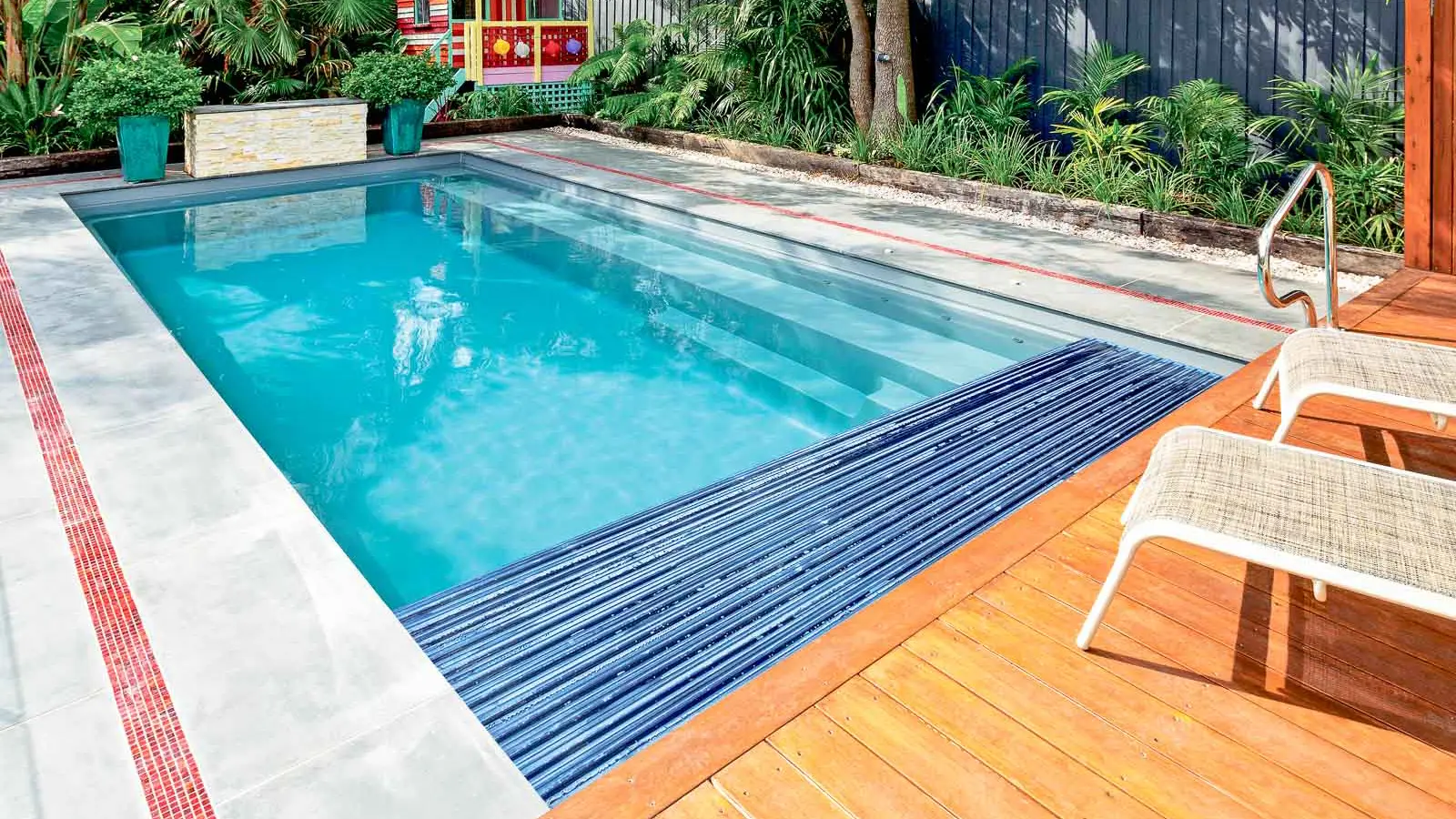

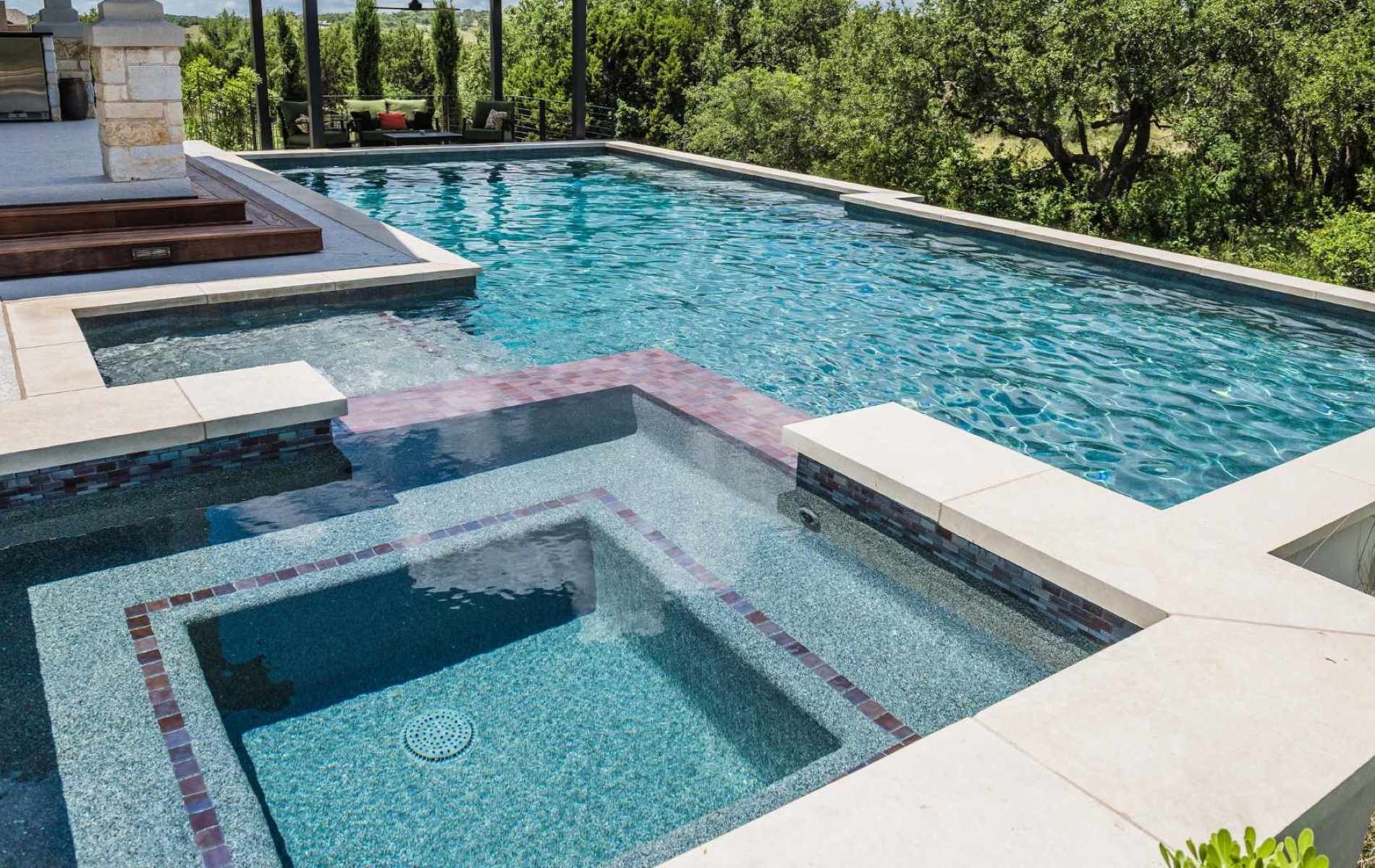
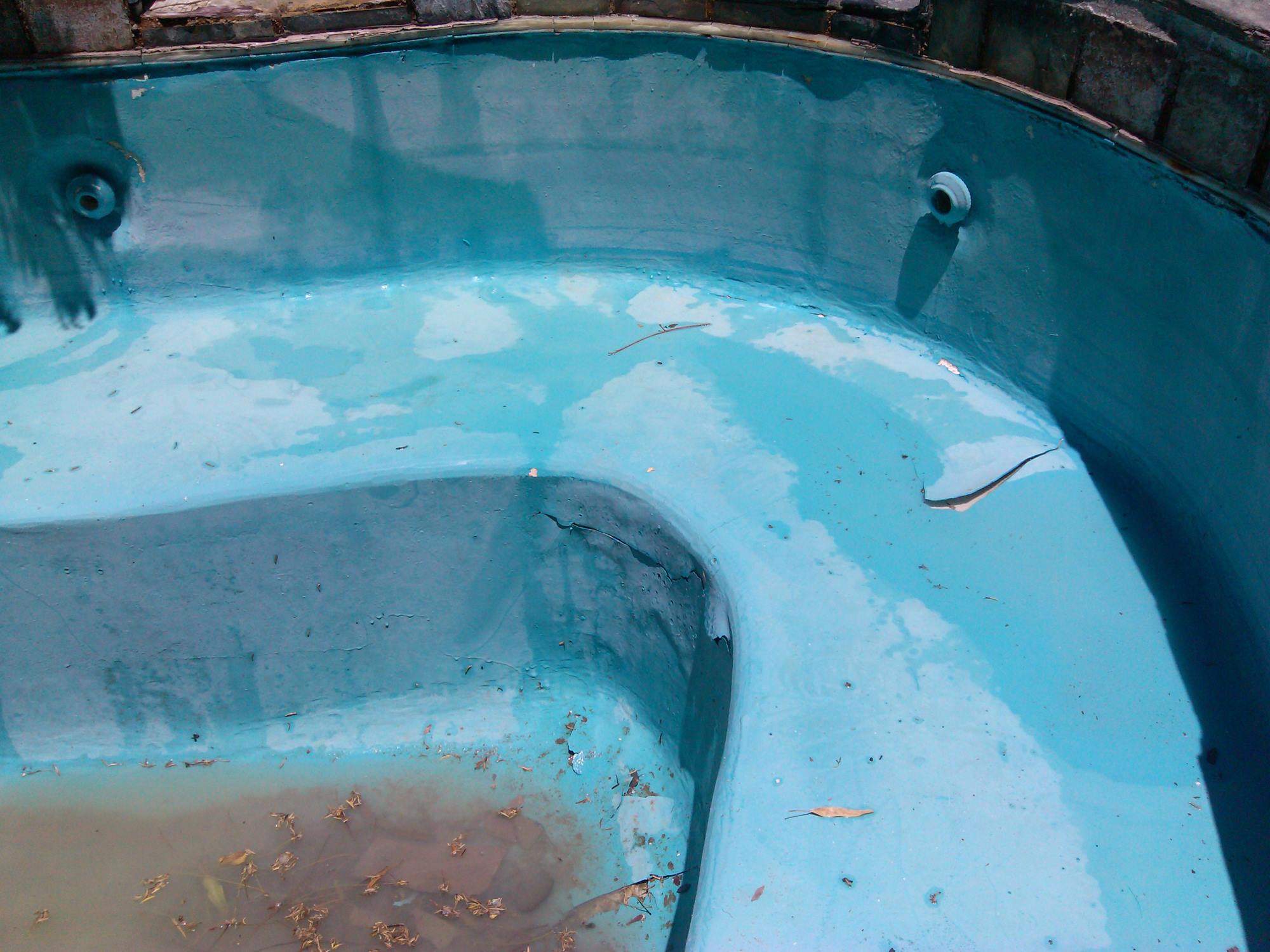
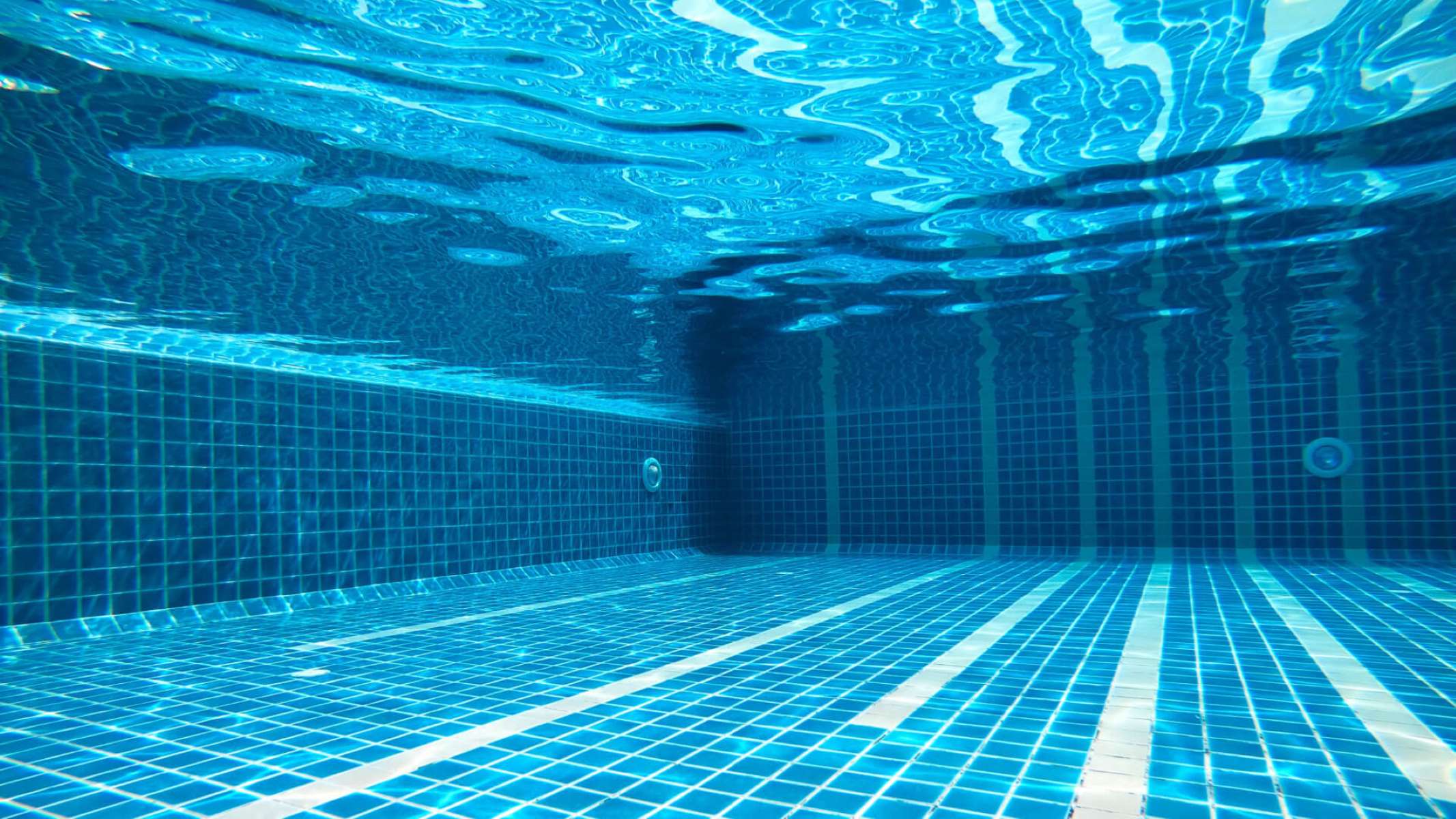
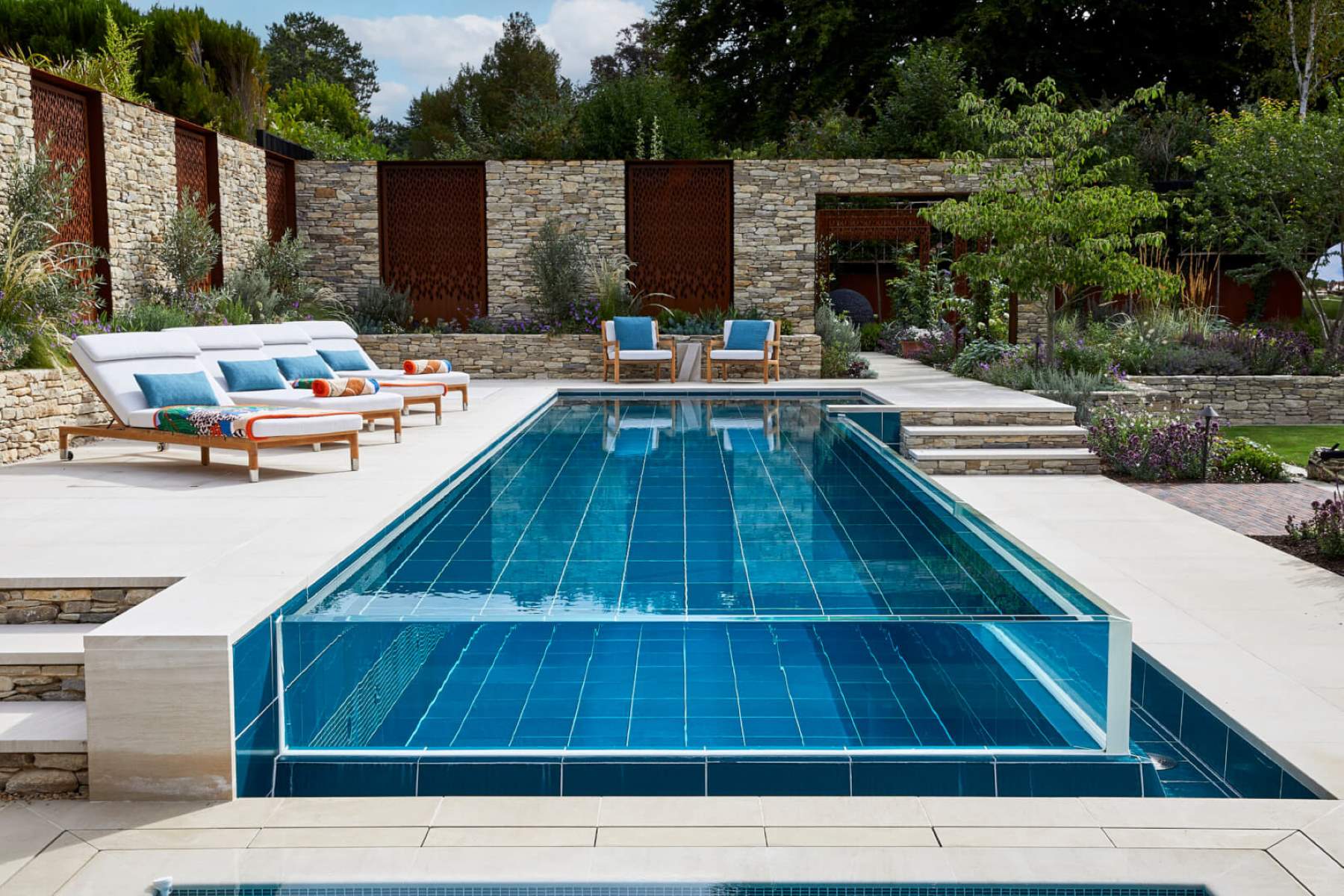

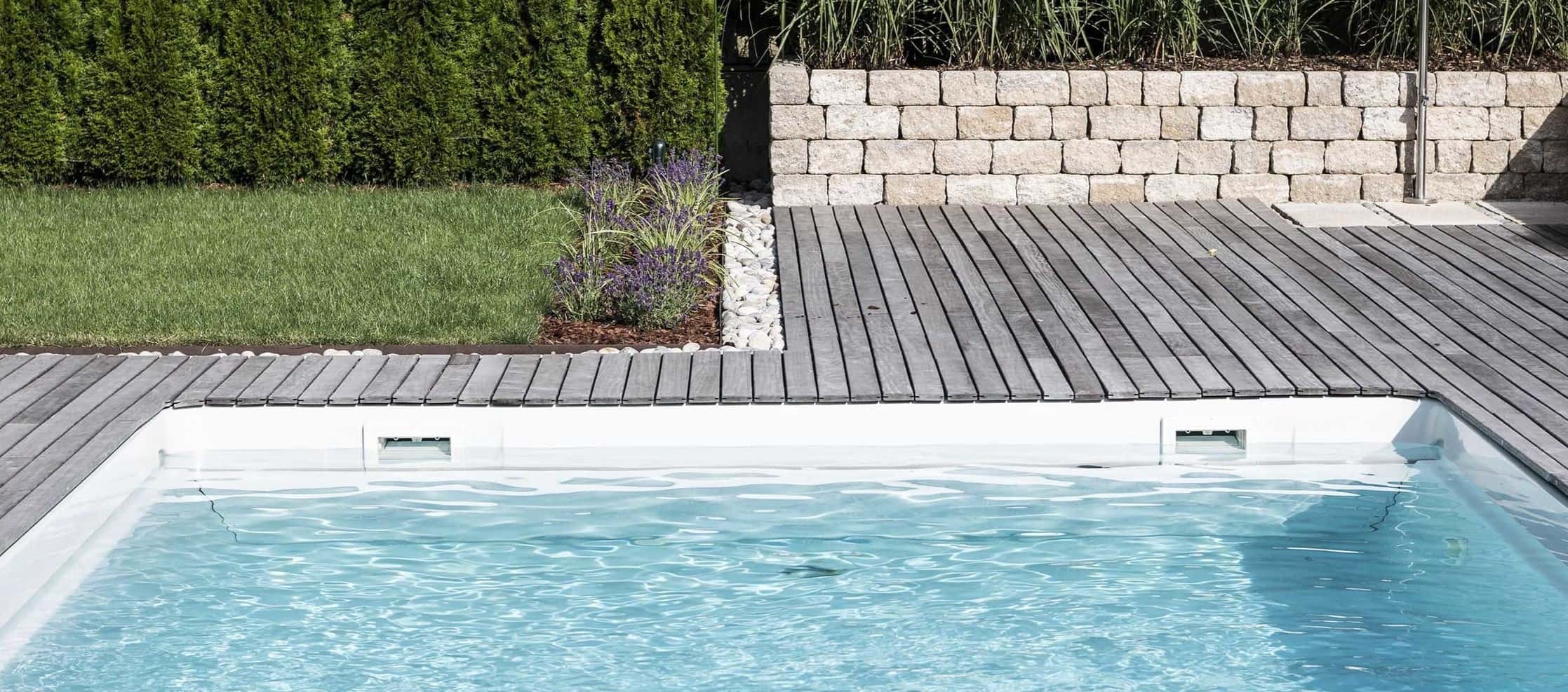

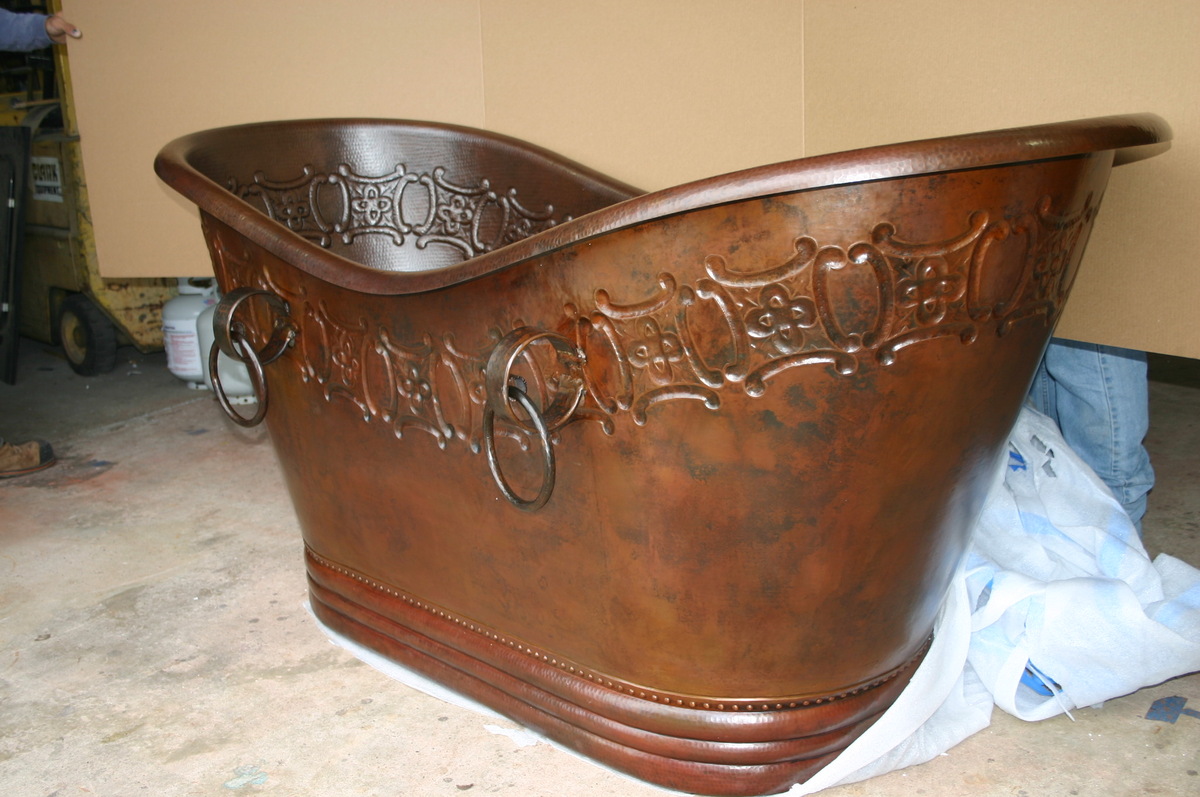
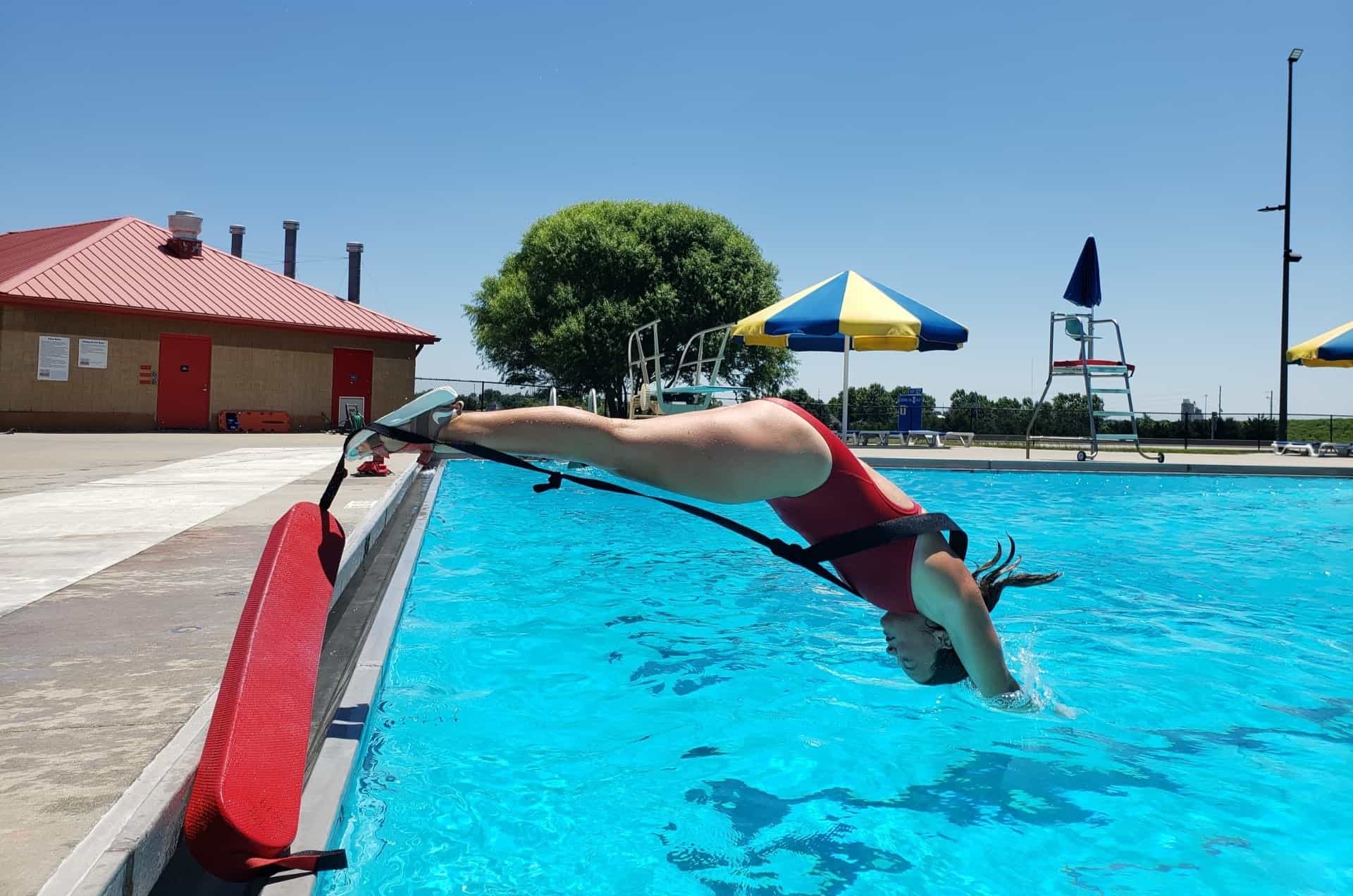
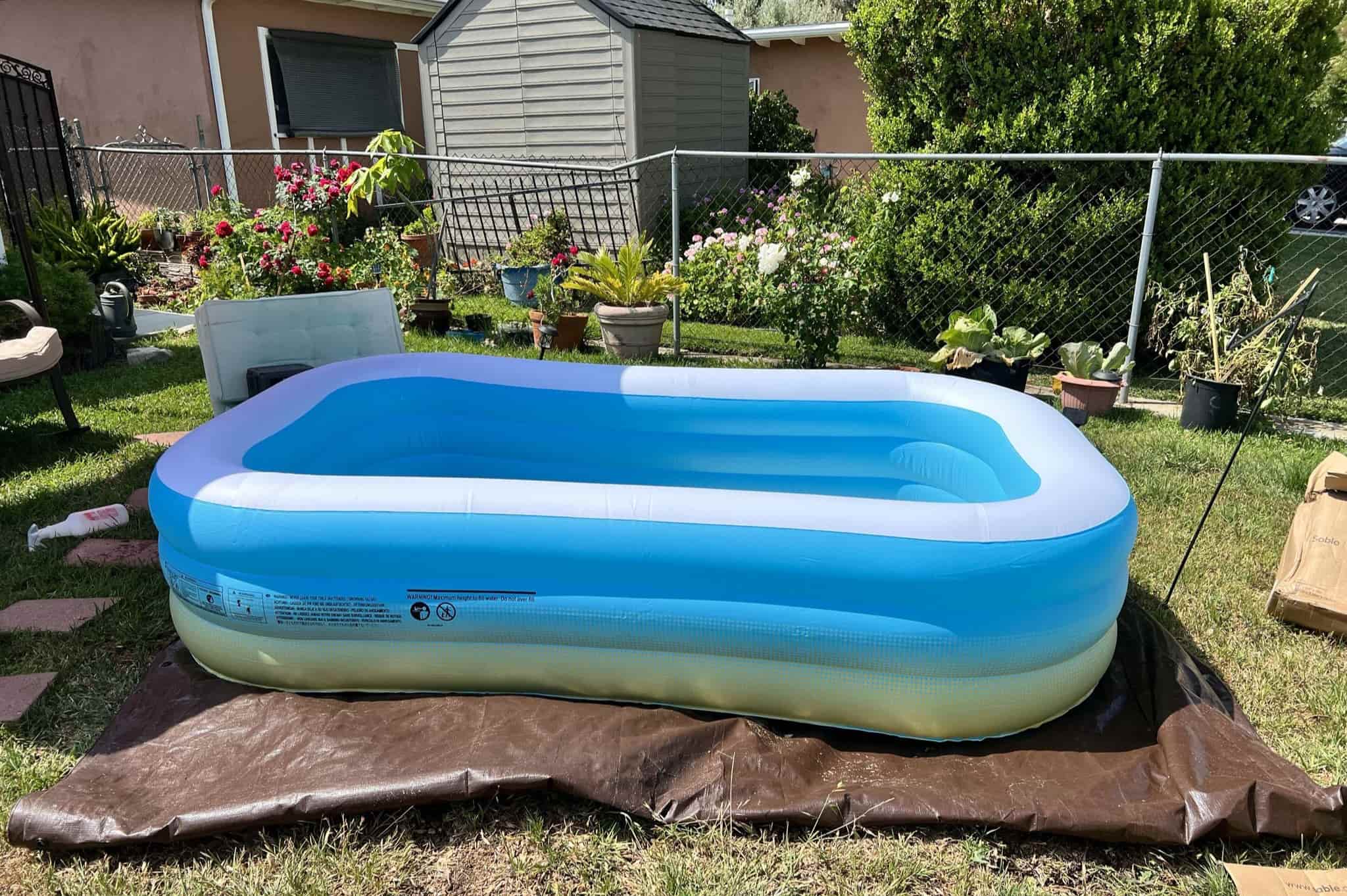

0 thoughts on “When Was The Swimming Pool Invented”